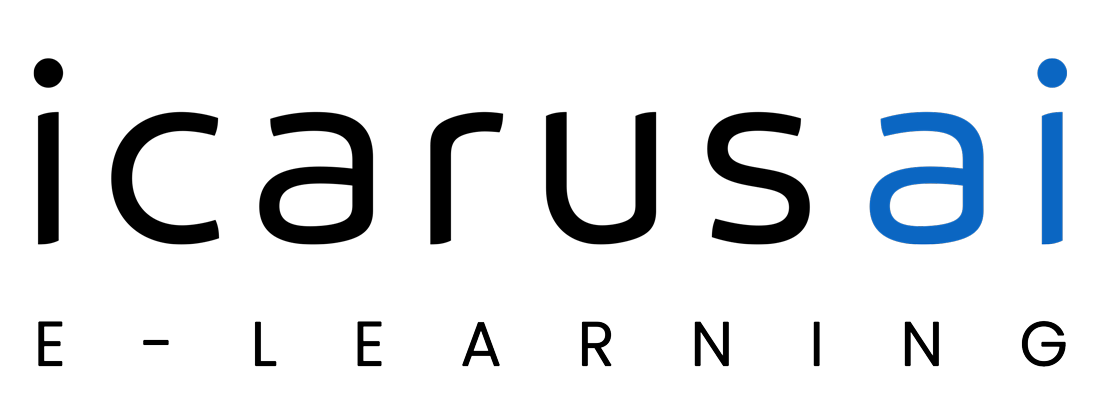By merging traditional educational methods with modern technology, edtech aims to create more engaging, inclusive, and individualized learning environments.
What is Edtech?
Edtech, short for education technology, refers to the integration of IT tools into educational practices to enhance the learning experience.
Today’s classrooms are increasingly equipped with devices like tablets, interactive courses, and even robots, moving far beyond the basic desktop computers that once dominated educational technology. The tools available in edtech, including virtual reality lessons, gamified activities, and IoT devices, provide a new dimension to education, allowing students to engage with content in innovative and exciting ways, regardless of their physical location.
Personalized Learning
One of the major strengths of edtech is its ability to support individualized learning. Traditional education often struggles to cater to the diverse learning paces and styles of students, but edtech tools allow teachers to design personalized lesson plans that accommodate each student’s unique needs. This flexibility not only fosters a more inclusive classroom environment but also enhances the learning experience by allowing students to learn at their own pace.
Personalized educational experiences, attention-grabbing lessons, and gamified learning activities help maintain student interest and improve the overall learning process.
Edtech is Beneficial for Both Students and Teachers
The rise of edtech has led to classrooms that are more adaptive, promoting better engagement and participation among students, which, in turn, can lead to improved academic performance.
For students, technology facilitates increased collaboration through cloud-enabled tools and 24/7 access to learning materials, breaking down the barriers of the traditional classroom. Edtech also “flips” the classroom by allowing students to engage with lecture content at home and focus on interactive, collaborative activities during class time.
Teachers also benefit significantly from the implementation of edtech. Tools that automate grading and classroom management save time and reduce the administrative burden, allowing educators to focus more on teaching and interacting with students. Classroom management apps help streamline communication with students and parents, while also aiding in maintaining order in the classroom. The shift toward paperless classrooms facilitated by edtech not only reduces costs and environmental impact but also simplifies the organization and grading of assignments, making the teaching process more efficient.
A Educational Revolution
Edtech is revolutionizing education by making it more dynamic, personalized, and accessible. The integration of technology into the classroom is creating opportunities for more engaging and effective learning experiences, while also easing the workload for teachers.
As the use of edtech continues to grow, it is clear that technology will play an increasingly vital role in shaping the future of education, offering tools that cater to the diverse needs of both students and educators.

